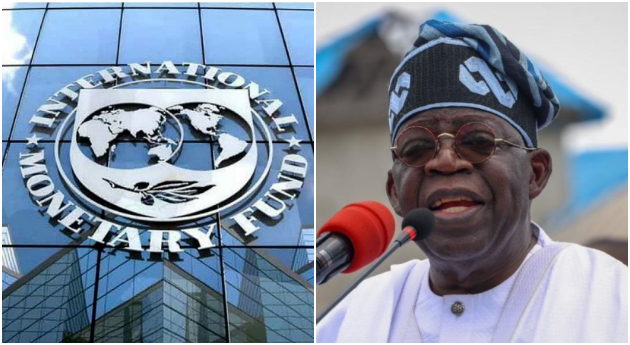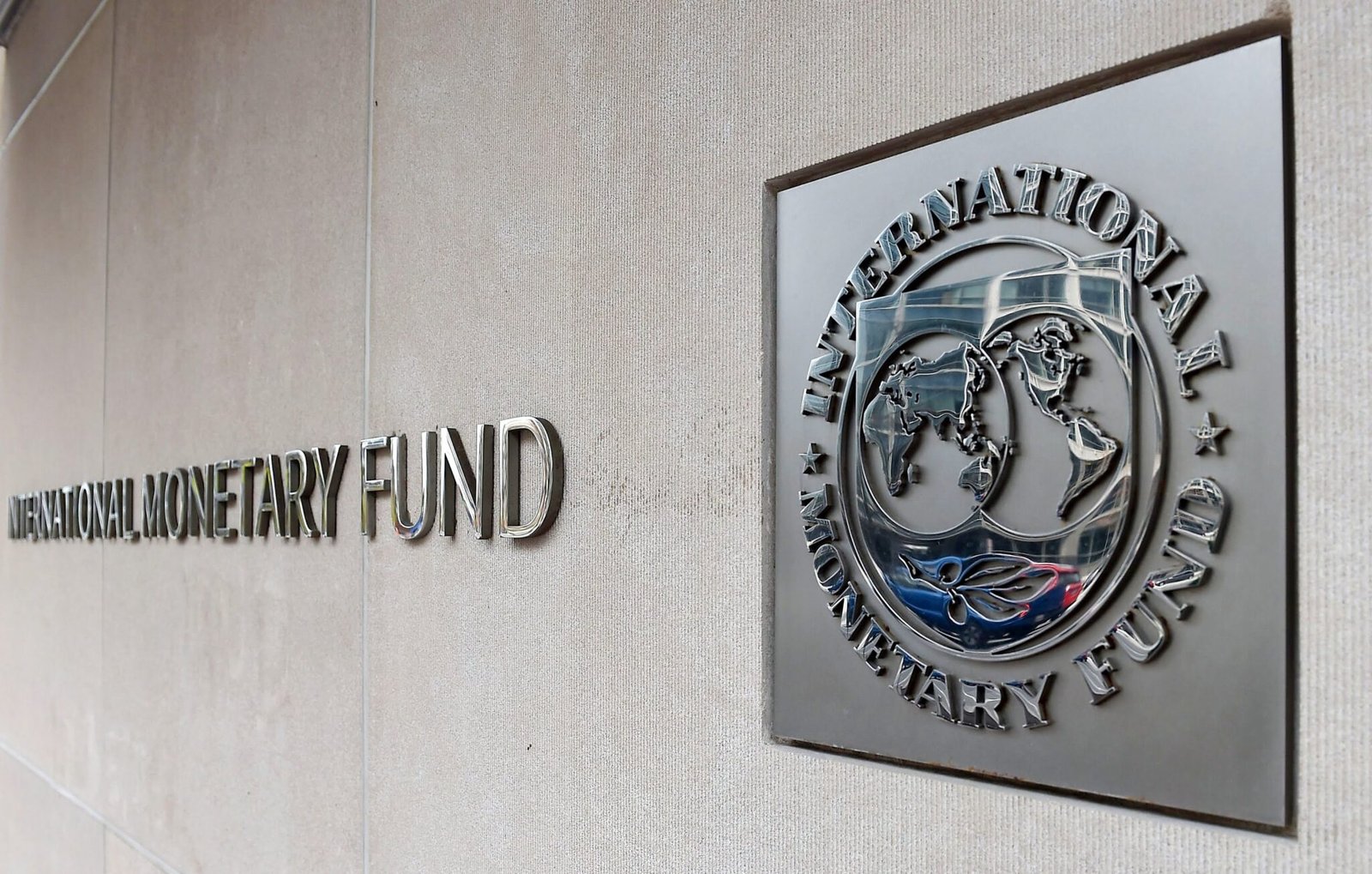US inflation, tracked by the Consumer Price Index (CPI), ticked up to 2.4% year-over-year in May 2025, rising from April’s 2.3%, according to the Bureau of Labor Statistics. This increase fell short of market expectations, which had forecasted a 2.5% annual rise.
Core CPI, stripping out volatile food and energy prices, held steady at 2.8% annually, unchanged from April.On a monthly basis, both headline and core CPI edged up by 0.1%, undershooting analyst predictions of 0.2% and 0.3%, respectively.
The softer-than-expected inflation data triggered immediate selling pressure on the US Dollar.The USD Index dropped 0.37% to 98.68, reflecting market reactions to the report.
Recent labor market data added context, with Nonfarm Payrolls rising by 139,000 in May, beating expectations of 130,000.This combination of inflation and employment figures is likely to shape market bets on the Federal Reserve’s next moves.
At its May meeting, the Fed maintained the federal funds rate between 4.25% and 4.50%, signaling no immediate policy shift.Fed officials have since emphasized patience, indicating reluctance to ease rates absent a significant labor market deterioration.
Fed Governor Adriana Kugler highlighted “greater upside risks to inflation” alongside potential downside risks to employment and economic growth.Chicago Fed President Austan Goolsbee stressed the need to assess the inflationary impact of tariffs before adjusting policy.
The May inflation data could recalibrate expectations for Fed rate cuts, with markets closely watching for shifts in monetary policy outlook.A weaker USD and robust job growth may amplify speculation about the Fed’s balancing act between inflation control and economic stability.
As global economic uncertainties, including trade policies and tariffs, loom, the Fed’s cautious stance remains a focal point for investors.The interplay of these factors underscores the delicate path the Federal Reserve must navigate in 2025.























